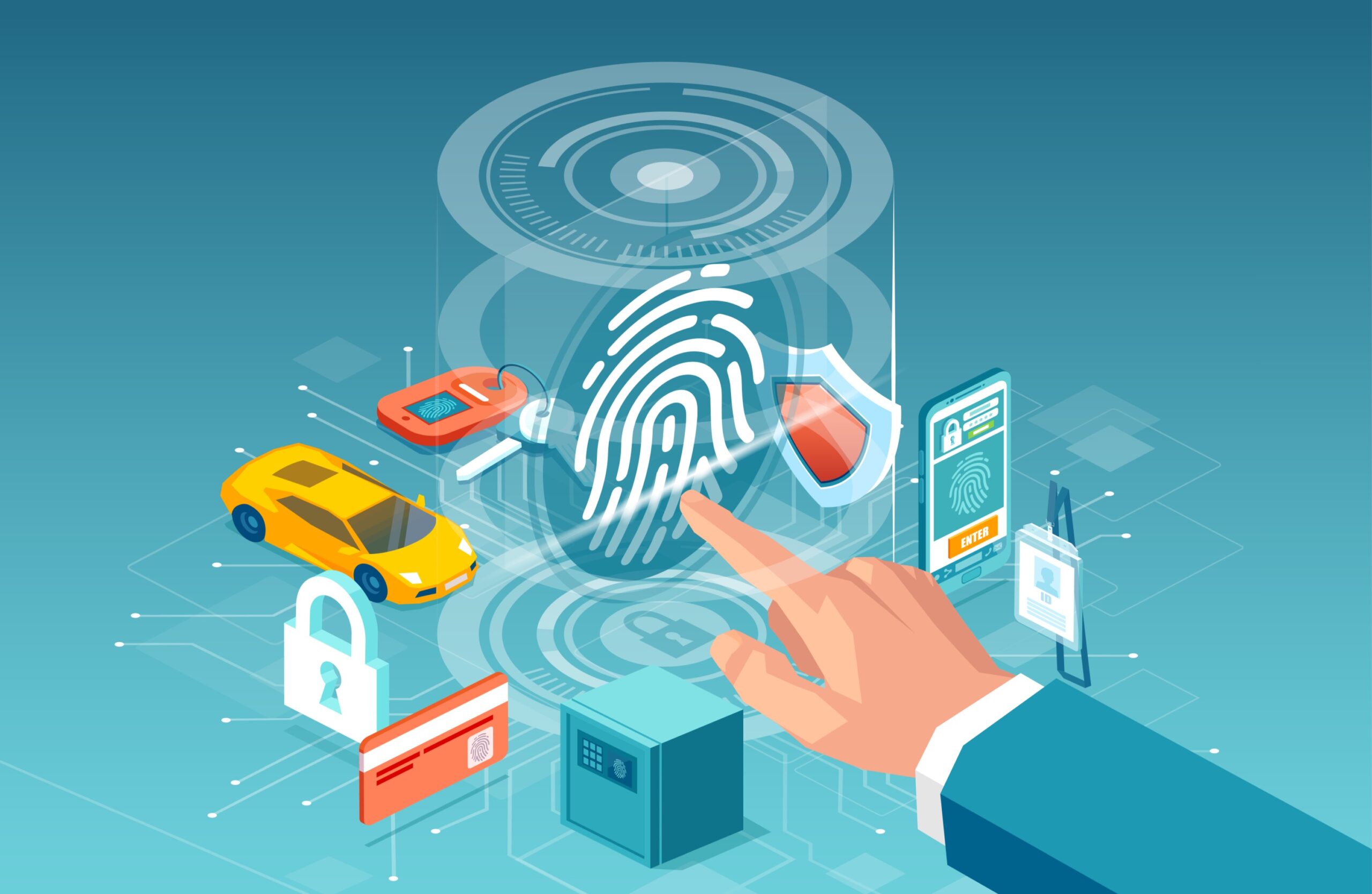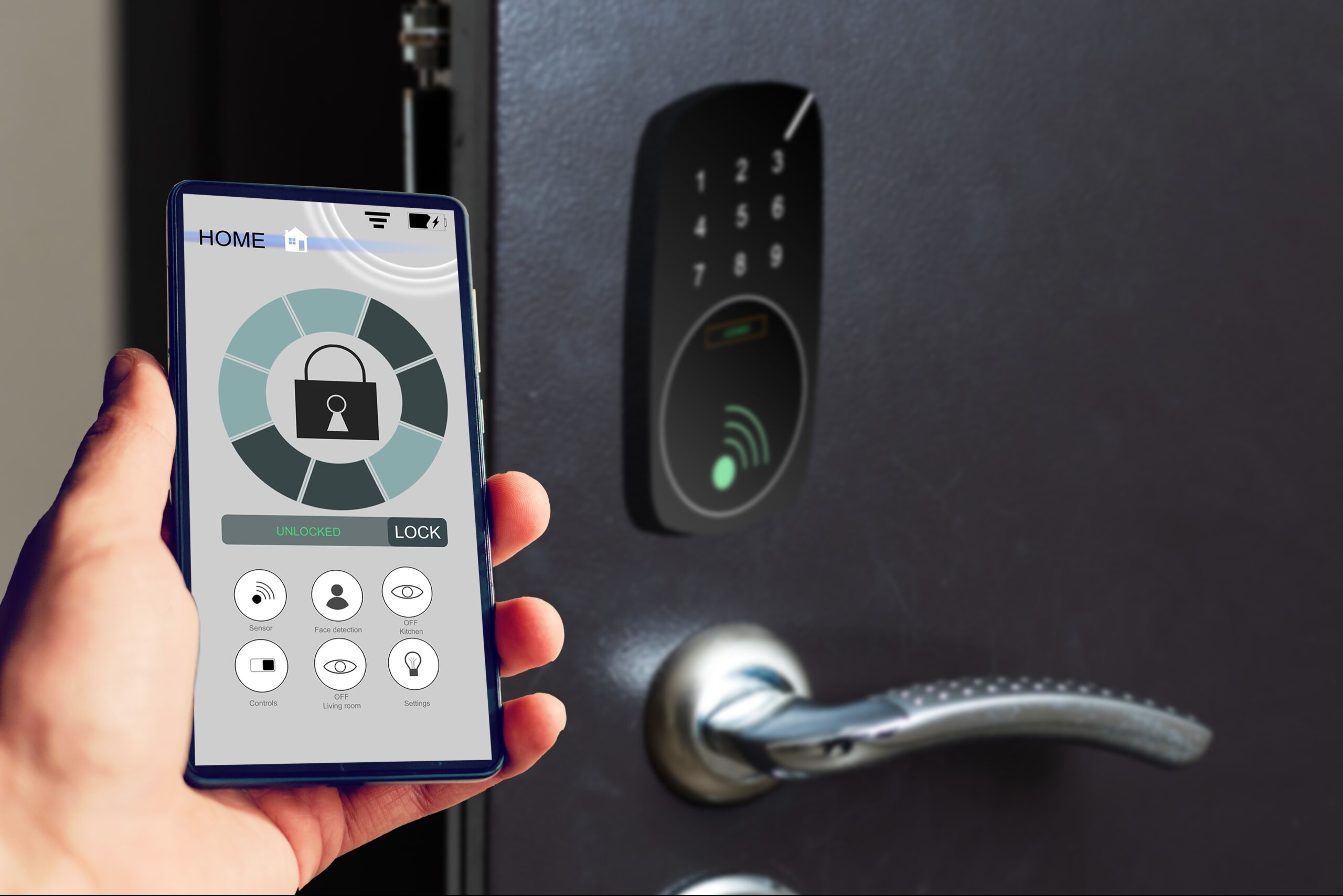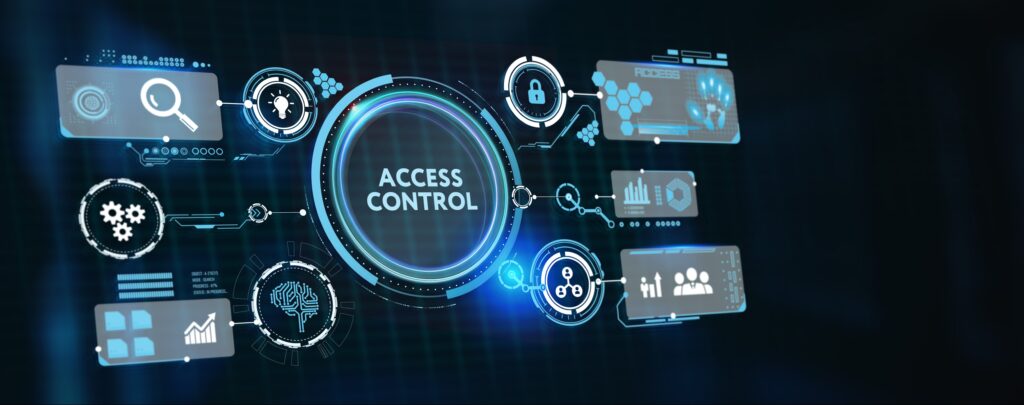In today’s fast-paced and technologically advanced world, security is paramount. Organizations, businesses, and even residential communities increasingly seek innovative ways to protect their premises, assets, and personnel.
Smart access control systems is a modern solution that leverages technology to offer enhanced, secure, and flexible access management. These systems integrate seamlessly into existing infrastructure, providing users with peace of mind and convenience.
But what exactly is smart access control, and how does it revolutionize traditional entry management? Let’s dive deeper into this evolving field.
Related Topic: Find the Best Home Security System in 2024: Buyer’s Guide
What is Smart Access Control?
Smart access control refers to the use of advanced technology to manage and regulate entry points in buildings, facilities, or secured areas. Unlike traditional lock-and-key mechanisms, these systems incorporate a mix of software and hardware components, including biometric scanners, RFID (Radio Frequency Identification) tags, mobile apps, and cloud-based platforms, to provide dynamic and automated entry solutions. The aim is to ensure only authorized individuals gain access, thereby enhancing overall security.
The Evolution of Access Control
The concept of access control is not new; it dates back to when physical keys and mechanical locks were the norm. However, as technology advanced, the limitations of these methods became apparent—keys could be lost, stolen, or duplicated, compromising security. The emergence of electronic and smart access control systems in recent decades has revolutionized the industry. From card-based systems in the 1980s to today’s biometric and cloud-based solutions, the journey reflects the growing need for more sophisticated, secure, and user-friendly methods to manage access efficiently.
How Smart Access Control Works?
The underlying technology in smart access control revolves around identity verification and real-time data processing. When a user attempts to gain entry, the system authenticates their credentials using various methods, such as:
- Biometric verification (fingerprint, facial, or iris recognition)
- RFID cards or tags
- Mobile devices (using Bluetooth or NFC)
- Pin codes or passwords
Upon successful verification, the system either grants or denies access. These actions are recorded in a database, enabling real-time monitoring and auditing. Additionally, some advanced systems integrate with cloud platforms, allowing for remote management and control via mobile apps.
Components of Smart Access Control Systems
A typical smart access control system comprises several key components:
- Access Control Panels: These are the system’s central units, connecting various entry points to the management software.
- Readers and Scanners: Devices that authenticate user credentials, such as biometric scanners, RFID readers, or mobile sensors.
- Locks: Electronic door locks that respond to signals from the control panels to either grant or deny access.
- Management Software: The brain of the system, which processes data, stores user information, and enables administrators to monitor and manage access remotely.
- Cloud Integration: Some systems connect to cloud platforms, providing flexibility in managing and updating user permissions from anywhere.
Benefits of Implementing Smart Access Control
Implementing smart access control systems offers numerous benefits:
- Enhanced Security: By using biometric or multi-factor authentication methods, unauthorized access is minimized.
- Convenience: Users enjoy quick and efficient entry, often without needing physical keys or cards.
- Scalability: These systems are designed to grow with a business, easily adding new users or expanding to new locations.
- Real-Time Monitoring: Administrators can monitor access activity in real-time, receiving alerts and notifications of suspicious activity.
- Remote Management: Cloud-based solutions allow for adjustments and monitoring from any location, making management easier and more flexible.
Types of Smart Access Control Systems

There are several types of smart access control systems, each tailored to meet specific needs:
- Biometric Access Control: Utilizes unique human characteristics like fingerprints, facial recognition, or retina scans for authentication.
- RFID-Based Access Control: Employs RFID technology through cards or tags that users carry for easy and quick access.
- Mobile-Based Access Control: Leverages smartphone apps and Bluetooth or NFC technology, enabling users to unlock doors using their mobile devices.
- Cloud-Based Access Control Solutions: These systems store and manage data on cloud servers, allowing remote management and increased scalability.
Biometric Access Control Systems
Biometric technology is at the forefront of smart access control due to its high security and accuracy levels. Common types include:
- Fingerprint Scanners: One of the oldest and most reliable forms of biometric authentication, suitable for high-security areas.
- Facial Recognition: Often used in modern buildings and tech companies, facial recognition systems are contactless and quick.
- Iris Scanners: Ideal for environments where ultra-secure access is required, such as laboratories or financial institutions.
RFID-Based Access Control
RFID-based systems are popular for their simplicity and speed. These systems involve users carrying a card or tag embedded with an RFID chip. When presented to an RFID reader, the system verifies the chip’s data against its database, granting or denying access. This method is widely used in offices, residential buildings, and commercial facilities.
Mobile-Based Access Control
Smartphones are becoming central to smart access control systems, offering convenience and flexibility. Mobile-based access control uses Bluetooth, NFC, or Wi-Fi technology, allowing users to unlock doors with a tap or swipe through an app. This approach is gaining traction in modern office buildings and residential complexes, where tenants and employees prefer the convenience of managing everything through their mobile devices.
Cloud-Based Access Control Solutions
The integration of cloud technology in access control systems offers a scalable and efficient approach to managing entry points. With cloud-based solutions, administrators can update user permissions, monitor activity, and even unlock doors remotely. This flexibility is particularly advantageous for multi-location businesses or remote workers who need seamless access.
Integrating Smart Access Control with Building Management Systems
For maximum efficiency, many organizations integrate smart access control with their overall building management systems (BMS). This integration allows for coordinated monitoring of various building functions, such as lighting, HVAC, and security cameras. The result is a holistic approach to facility management, where all elements communicate seamlessly to optimize energy use and security.
Related Topic: How Much Does An Automatic Driveway Gate Cost?
Choosing the Right Smart Access Control System
When selecting a smart access control system, several factors must be considered:
- Security Needs: Determine whether basic RFID solutions or advanced biometric systems are required.
- Scalability: Choose a solution that can grow with your organization or business.
- Integration Capabilities: Ensure the system can integrate with existing infrastructure like security cameras, alarm systems, or building management systems.
- Ease of Use: Opt for a user-friendly system that staff and users can manage effortlessly.
Scalability of Smart Access Control
One of the critical advantages of smart access control is its scalability. These systems can be easily expanded as businesses grow, adding new entry points or integrating additional security layers like video surveillance. Moreover, cloud-based solutions allow for seamless software updates, ensuring the system remains up-to-date with the latest security protocols.
Remote Access Management
The ability to manage smart access control remotely is a game-changer for businesses. Whether an administrator needs to grant temporary access to a visitor or monitor security logs, cloud-based platforms and mobile apps provide the necessary tools to manage access anytime, anywhere.
Related Topic: Ensuring Compatibility: Keypad Systems and Your Current Setup
Final Thoughts:
Smart access control systems are transforming building security, offering advanced solutions like biometrics, mobile access, and cloud integration for enhanced convenience and safety.
For top-tier solutions, R3 Access Inc. stands out as a trusted provider, delivering customized systems tailored to modern security needs. Investing in a reliable smart access control system ensures future-proof security and efficient access management.
Related Topic: Why Upgrade to a Cloud-Based Keypad System for Your Residential Community?
FAQs about Smart Access Control
What is smart access control?
It’s a tech-based security system that uses biometrics, RFID, or mobile apps to manage building access, ensuring only authorized entry.
How does it work?
It verifies credentials like fingerprints or phone apps, granting or denying access and logging activity for real-time monitoring.
What are the benefits?
It provides better security, convenience, remote access management, and eliminates the need for physical keys.
Can it integrate with other systems?
Yes, it integrates with cameras, alarms, and building management systems for unified control.
Is it suitable for all buildings?
Yes, it can be customized for residential or commercial properties, adapting to different security needs.
How much does it cost?
Costs vary by system type and features. Consult providers like R3 Access Inc. for detailed pricing.



